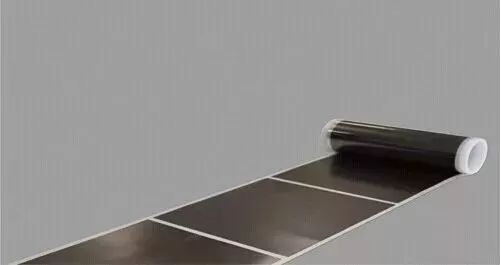Aluminum strips are classified differently and can be classified according to different measurement standards. If classified according to alloy materials, they can be divided into the following three categories. Let's follow the editor to learn more.
1、 Ordinary alloy
There are many types of alloy materials used for the production and processing of aluminum strips, and different alloy materials have different properties and characteristics. Therefore, aluminum sheets processed with different alloy materials exhibit different application properties in practical applications. Among them, ordinary alloy is a commonly used alloy material, mainly processed from 1060 aluminum strips as the substrate, and is mostly used in flooring, cold storage, outer packaging and other occasions.
2、 Aluminum manganese alloy
The types of alloy materials used for aluminum strip production and processing also include aluminum manganese alloy. The patterned plates made of this alloy material have excellent strength and corrosion resistance in practical applications. However, their hardness and corrosion resistance are not sufficient, so they are mostly used in cold storage floors and train models.
3、 Aluminum magnesium alloy
The types of alloy materials used for the production and processing of aluminum strips also include aluminum magnesium alloys. Aluminum made from this alloy material has excellent hardness, rust resistance, corrosion resistance, and high load-bearing capacity, and has obvious application advantages in some humid environments. Aluminum strip is a finished product of aluminum coil obtained by rolling aluminum ingots, and then cut into aluminum strips and strips of the required width by a longitudinal cutting machine according to the needs of the application.
Basically, various alloy grades can be processed into aluminum strips, among which commonly used alloy grades include 1050, 1060, 1070, 1100, 3003, 3004, 5005, 5052, 8011, etc. Common states include O state and H state. O represents the soft state, and H represents the hard state. The hardness and annealing degree can be represented by numbers after O and H.
The specific uses of aluminum strips mainly include:
Transformer aluminum stripAluminum foil for transformers, aluminum strips for high-frequency welding hollow aluminum strips, aluminum strips for finned heat sinks, aluminum strips for cables, aluminum strips for stamping, aluminum strips for aluminum edge strips, etc.
Nickel plating has high hardness, good brightness, relative wear resistance, and oxidation resistance.
Tin plating has poor oxidation resistance and turns black over time, but it is more convenient for soldering.
Nickel plating looks better than tin plating.

(2) Usage and advantages: The nickel tin alloy layer produced by this coating has low porosity, dense film layer, and does not crack at 300 ℃ test. The coating has excellent corrosion resistance, heat resistance, acid and alkali resistance, chemical corrosion resistance, and more importantly, excellent weldability. Widely used in electronic components. Due to the introduction of tin metal in the coating, the weldability is greatly improved, and this coating can also be used as a gold contact for electrical components such as switches and switches.
(3) Indicator: Agent A is a green liquid with no odor.
Agent B is a light yellow (almost colorless) odorless transparent liquid.
C agent is a transparent additive with an odor
(4) Usage:
⑴ Cylinder opening: Agent A: Agent B: Deionized water (purified water)=1:2:7, heated to 90 ℃± 5 ℃, and stored in glass, ceramic, and heat-resistant plastic containers.
⑵ Pre treat the workpiece to be plated with nickel tin alloy, including grinding, polishing, degreasing, and acid activation.
⑶ Soak the pre treated workpiece (metal part) in clean hot water at 90 ℃~ 100 ℃ for 10-20 seconds before taking it out and immediately putting it into chemical nickel tin plating at 90 ℃± 5 ℃. Activated aluminum parts should be used for tin plating.
The thickness of the coating can be controlled by time, with a plating rate of 20 micrometers per hour.
(5) Control and management of plating solution
① The nickel plating temperature is controlled at 90 ℃± 5 ℃.
② The pH value of the plating solution should be controlled between 9.0 and 9.4, and adjusted with ammonia water or dilute sulfuric acid.
③ The intermediate consumption needs to be supplemented through A and C, A:C=1: Add 1.



